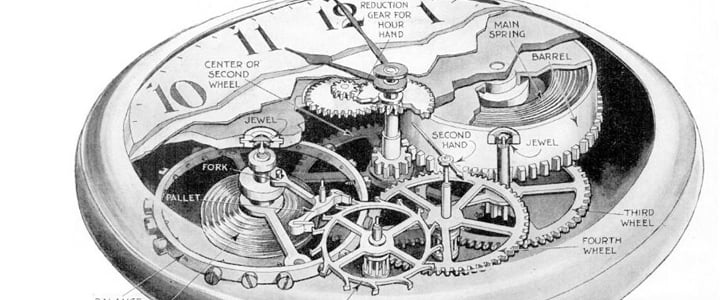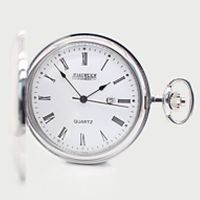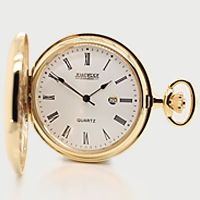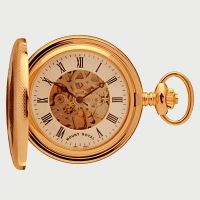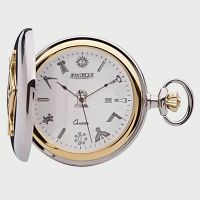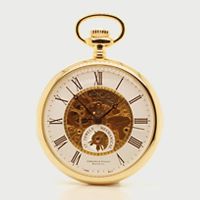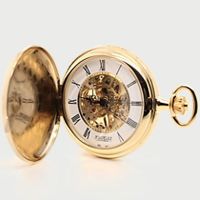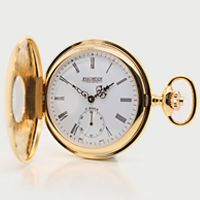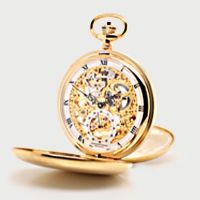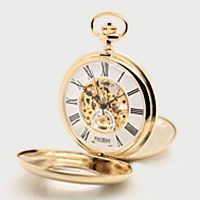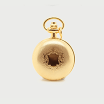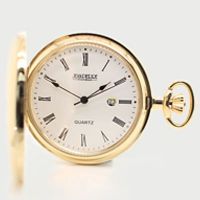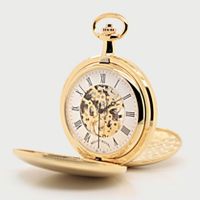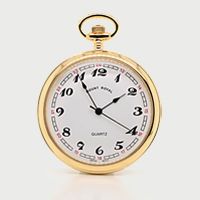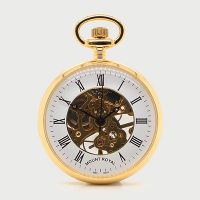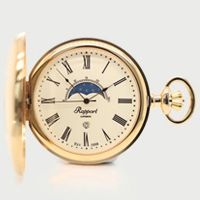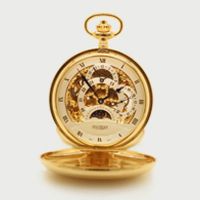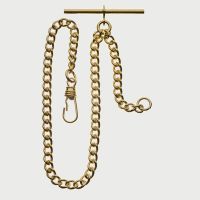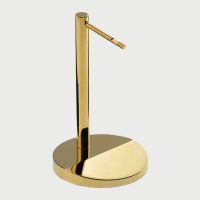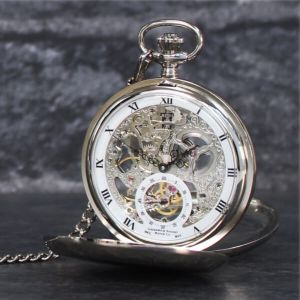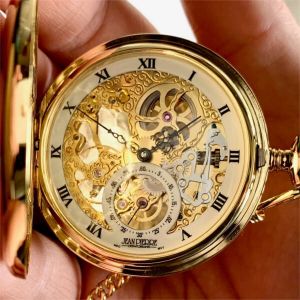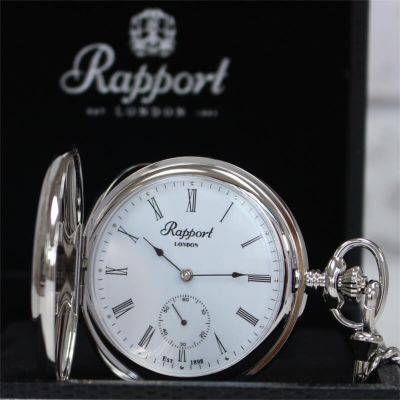Pocket Watch Elements
Pocket Watch Elements
Pocket watches may have different design features and aesthetic elements, but they all tend to share the same mechanical inner-workings. If you own a pocket watch or are intending to become a collector it is a good idea to learn how pocket watch parts relate to one another and how the basic mechanics of the watch runs, particularly as the older the watches are the more likely they are to stop working or need repair on delicate parts.
It is also important to stress that while it may be tempting to open up the back of a pocket watch to have a look at its inner workings, this can greatly decrease the value of the watch, especially if it is a collectors item, and is best left to professional watch-makers and repairers.
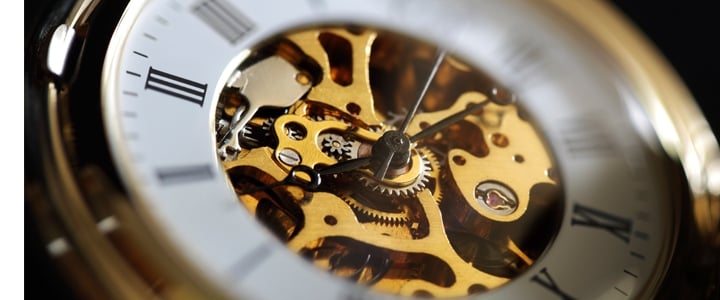
Pocket Watch Design
Pocket watches tend to have a small, flat, circular face that fits comfortably in the palm of the hand. Earlier designs may be oval or square, but more recently the circle has dominated. The watch face will be encased in glass or a clear crystal, with the underlying element being made out of porcelain or metal.
The numbers on the dial may be either Roman or Arabic numerals and the face will likely have an outer ring of markers indicating the seconds; though early designs may not have this feature and indeed may be missing the second hand altogether. This is certainly not a bad thing, in fact it is a reflection of the rarity of the watch and probably indicates its higher value!
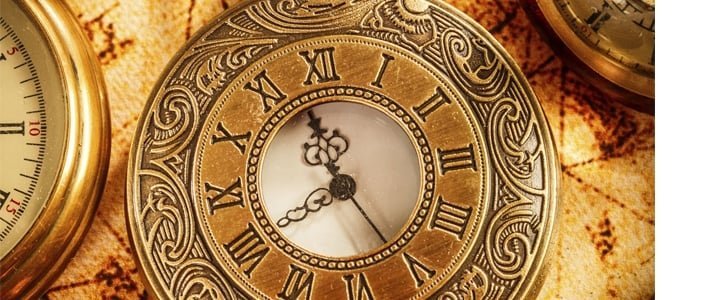
Pocket Watch Internals
Underneath the watch face is the mechanical element. All pocket watches are run on a series of wheels and springs, sometimes referred to as cogs and coils. The wheels aid with the running of the mechanics, storing energy when wound once daily. The coils provide the basic movement of the hands and are connected to the watch balance; essentially a tiny pendulum that keeps the set time.
In early pocket watches the inner workings would be entirely mechanical, later designs would see the Swiss design come into play, while later still would see the quartz crystal element removing the need for the wheel power - as the inner workings are made smoother and more accurate with the use of jewels for reducing friction and wear.
Finally, most pocket watches are wound either with a key (particularly the early models) or with a button (sometimes known as a stem) wind.
